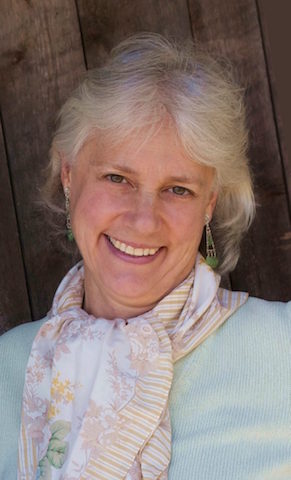Pink ribbon breast cancer events and “walks for the cure” have populated every October for decades, but we have yet to make any real progress in reducing the numbers of women affected by the disease. And so I thought it might be a good way to recognize Breast Cancer Awareness Month by considering the role the environment may be playing in the growing incidence of breast cancer.
The development of breast cancer, like most cancers, is a complex interaction of genetic and lifestyle factors and myriad exposures in our environment. These exposures could come from the foods we eat, the pesticides we put on our lawns, the hormones we take for birth control and estrogen replacement therapy or the chemicals in our personal care products, or some combination of all of these and more.
As Dr. Kenneth Olden, former director of the National Institutes of Environmental Health Sciences and the National Toxicology Program in the U.S. Department of Health and Human Services once observed when asked about the causes of cancer, “Genetics loads the gun, but the environment pulls the trigger.”
So, since we know that there are suspect chemicals linked to breast cancer (and other cancers), why aren’t we doing more research in this area? There are about 85,000 chemicals in use today, yet only 7 percent of them have been tested for safety. Combinations of these chemicals, or their synergistic effects, are rarely tested at all.
International and national regulatory agencies have now recognized more than two hundred chemicals and radiation sources that are directly implicated in breast cancer causation.
Armed with this information, we should be phasing out those chemicals known to cause cancer and genetic harm, and make this information available to women through their doctor’s offices.
It’s also important to know that there are certain “windows” or timing of environmental exposures that put women at considerably higher risk for developing breast cancer later in life, including fetal development, early childhood and puberty.
This timing, along with the duration and pattern of exposure are at least as important as the dose.
Most federal money (and money raised by most fundraising activities) goes toward the treatment of cancer or the “race for the cure.”
While these goals are laudable and critically important for women and men who have already been diagnosed, we really need to invest more and focus more on preventing this devastating disease in the first place.
The Precautionary Principle can guide us in this effort. It states, “When an activity raises threats of harm to human health or the environment, precautionary measures should be taken even if some cause and effect relationships are not fully established scientifically. In this context, the proponent of an activity, rather than the public, should bear the burden of proof.” In other words, safety tests should be done in laboratories, not in our bodies.
Many years ago, I worked with two breast cancer awareness groups here on Long Island on a campaign called “Prevention is the Cure.” Designed to educate women about well-studied links between certain environmental exposures and their risks for breast cancer, the campaign also focused on “pinkwashing,” the well-oiled national movement to sanitize and commercialize this real threat.
“Pinkwashing” is when a company or organization promotes, sells or endorses a pink ribbon product that is known or suspected of increasing a woman’s risk of the disease. Examples of this are permanent markers, plastic water bottles, wall paints, synthetic fragrances in perfumes and body care products, water-resistant bags and umbrellas, and many other products containing known carcinogenic or estrogen-mimicking chemicals.
Breast Cancer Action, the organization which actively confronts pinkwashers, urges people to ask the following questions before purchasing pink ribbon branded products or contributing to fundraising efforts:
• Does any money from this purchase go to support breast cancer programs? How much?
• What organization will get the money? What will they do with the funds, and how do these programs turn the tide of the breast cancer epidemic?
• Is there a “cap” on the amount the company will donate? Has this maximum donation already been met? Can you tell?
• Does this purchase put you or someone you love at risk for exposure to toxins linked to breast cancer? What is the company doing to ensure that its products are not contributing to the breast cancer epidemic?
October is Breast Cancer Awareness month, and that awareness should include the fact that many of the chemicals that surround us every day are implicated in this disease. To learn more about how you can protect yourself and the ones you love, visit www.silentspring.org or www.bcaction.org.



